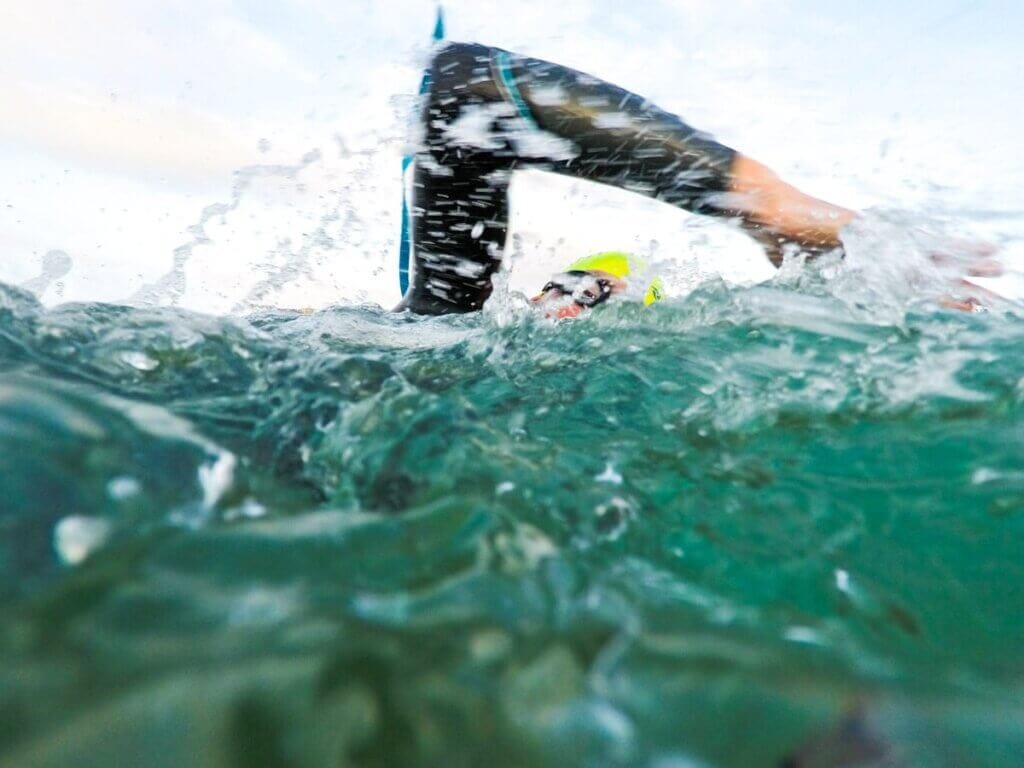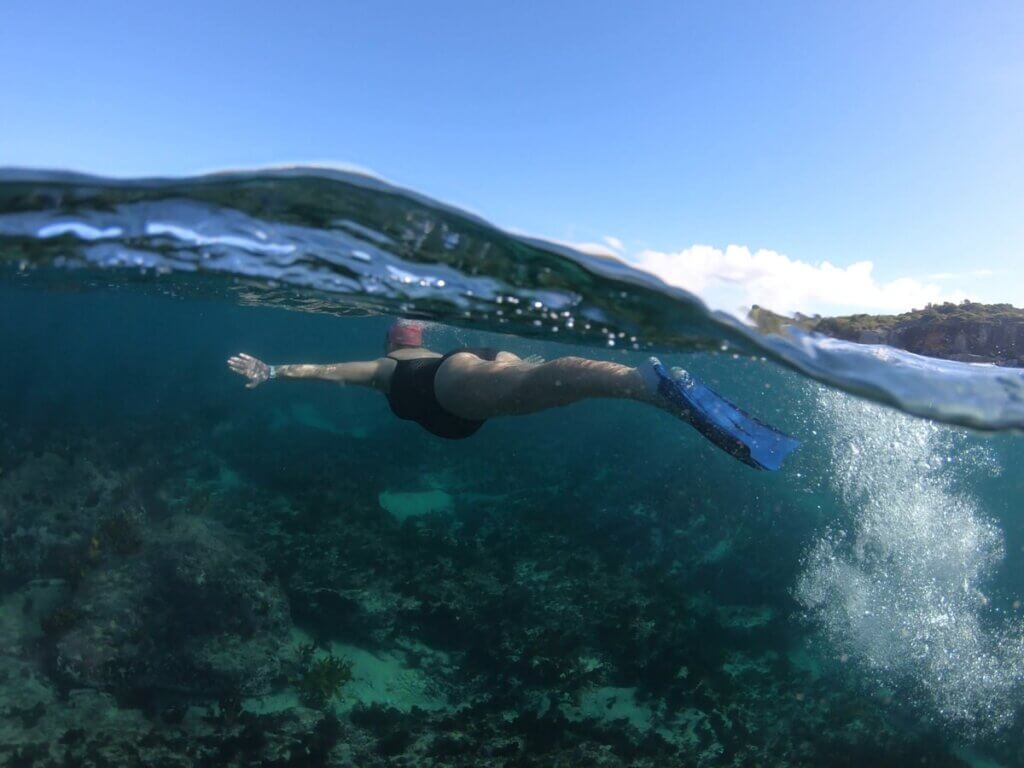How to assist a swimmer in difficulty
Swimmers of all abilities can get into trouble at any time in the water for a variety of reasons.
It might be because they’ve got out of their depth, or they’ve been overwhelmed by a wave, perhaps they’ve taken in too much water, or they’ve had a medical emergency, to name a few.
Drowning is often called the ‘silent killer’ because panicking victims expend their energy at a rapid rate trying to keep themselves above the water, and when they tire out and are unable to keep themselves afloat, they slip under the water – so it’s not always easy to spot.

Some of the signs that someone is in trouble may include panicked cries for help, waving arms or a ‘ladder-climbing’ action to stay afloat.
Before you jump in to try and save someone, first think of your own safety – many would-be rescuers become victims themselves because they’ve got themselves out of their limits and are acting on adrenalin rather than ability.
Whether you’re a strong swimmer or not you should call for help from nearby lifeguards, or at unpatrolled beaches call triple zero, immediately.
Only enter the water if you’re extremely comfortable in the conditions, and only use public rescue equipment if you’re trained to use it.
How to assist a swimmer in difficulty
- Bodyboards and eskies can be used as flotation devices to get to the swimmer. Throw them into a rip current to try and float them out to them
- Something as simple as an empty drink bottle with the lid on tight can keep a person afloat
- Are there surfers nearby? Get their attention and have them paddle over
- Keep your eyes on the person in the water at all times. If there are more than one of you on the shore, one person should be solely responsible for this
- If you’d like the skills to rescue someone, train to become a lifesaver
First published in December 2011






Responses